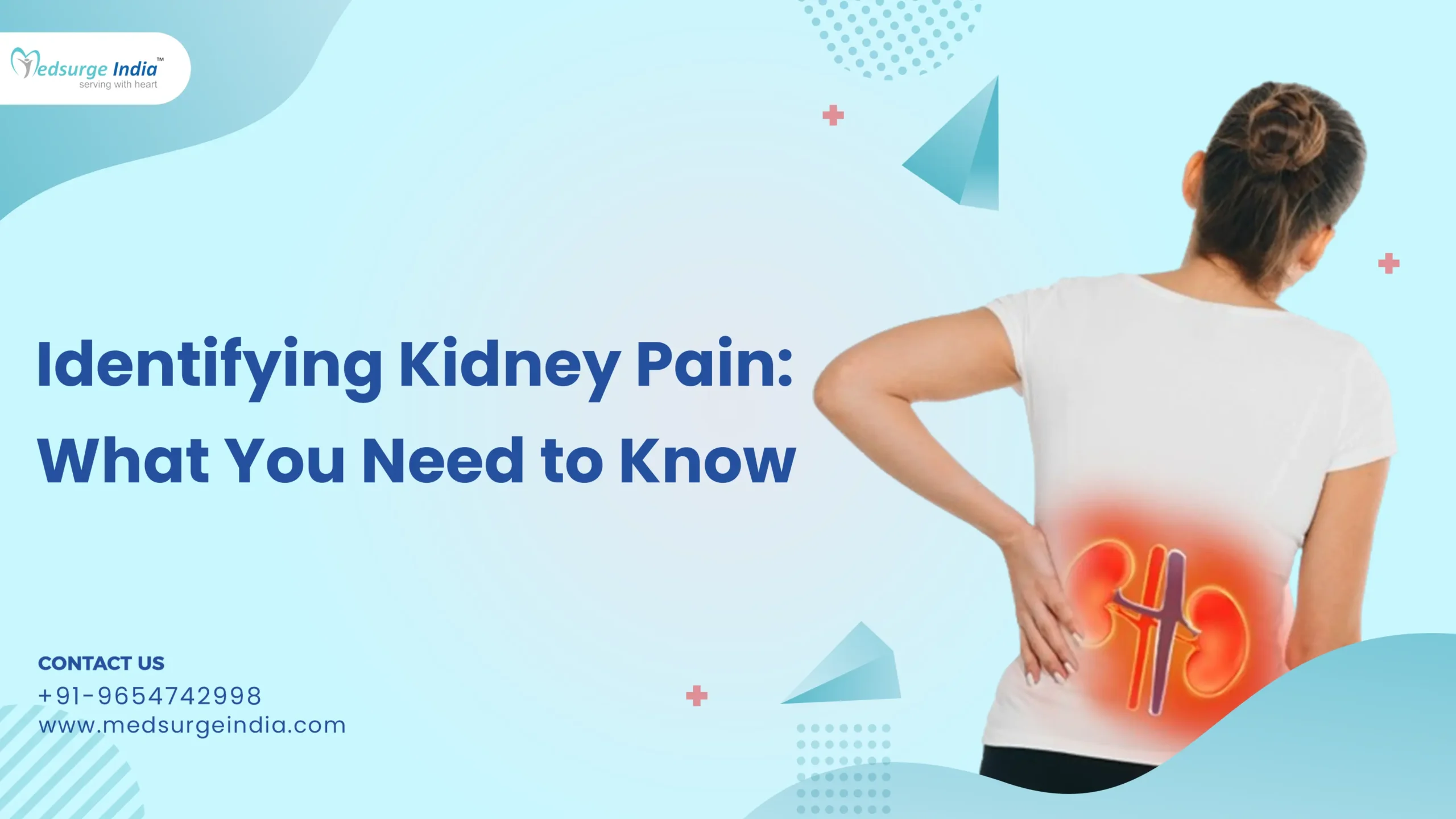
Identifying Kidney Pain: What You Need to Know
Kidney infections, also known as renal infections, typically occur when bacteria from the bladder ascend to the kidneys. Bacterial infection is the primary cause of this condition. Common symptoms include fever, urinary difficulties, lower back discomfort, and pain during urination. The treatment for kidney infections involves the administration of antibiotics.
People often mix up back pain with kidney infection pain. To determine if it’s kidney pain, one should check for tenderness and discomfort on the sides and lower back. However, it’s not always that straightforward. Sometimes, the pain may originate from the kidney but be felt in other areas. Additionally, the pain can range from sharp and sudden to a constant dull ache.
Where Does Kidney Pain Occur?
Kidney pain is a common symptom that often presents as a dull ache or sharp pain in the back of the body, beneath the ribs, on either side of the spine. This discomfort can be caused by various renal complications, including kidney stones, kidney infections, or other issues affecting the kidneys.
- Kidney stones are solid mineral and salt buildups in the kidneys that can cause intense pain and discomfort as they pass through the urinary tract.
- Kidney infections, or pyelonephritis, occur when bacteria invade the kidneys, resulting in inflammation and symptoms like fever, frequent urination, and cloudy or bloody urine.
- Kidney infection can cause pain in the groin, which may also radiate to other parts of the body. In some cases, males may even feel the pain in their testicles.
To alleviate or prevent renal discomfort, it is crucial to adopt certain measures. Staying hydrated by drinking ample water is essential as it helps flush out toxins and prevents the formation of kidney stones. Additionally, maintaining a healthy diet that is low in salt and high in fruits and vegetables can promote kidney health and reduce the risk of complications. Kidney infections often require antibiotics to eliminate the bacterial infection and reduce inflammation.
Known The Difference Between Kidney Infection Pain and Back Pain
The kidneys are positioned adjacent to the muscles in the lower back, which can pose a challenge in distinguishing between kidney pain and lower back pain. However, the presence of supplementary symptoms often aids in determining the specific type of pain.
When attempting to ascertain whether the source of discomfort is originating from the back or kidneys, individuals must consider the following factors:
- The precise location of the pain.
- The nature and intensity of the pain.
- Any additional symptoms that may be present.
Kidney Pain
Normally, the pain from a kidney infection is usually experienced in the lower region of the rib cage, opposite the spinal cord. It may be felt on one side or both sides, depending on the severity of the infection. The pain can then spread to other areas such as:
- The abdomen
- The thigh
- The groin
Back Pain
It is a prevalent issue that many individuals face, as studies suggest that approximately 60–80% of adults will encounter lower back pain at some stage in their lives. Back pain can stem from issues related to the muscles, bones, or nerves in the back, with the specific location, intensity, and additional symptoms differing based on the underlying cause. You can experience symptoms such as:
- Pain or discomfort in the spine
- Severe, piercing pain in the neck
- Struggle to maintain an upright posture because of discomfort or muscle contractions
- Difficulties with walking
- Tingling or loss of sensation in the back that extends to the arms and legs
- Lack of strength in either the one or in both legs.
Helpful: How To Keep Kidneys Healthy: 11 Ways To Keep Your Kidney Healthy
Bottom Line
The kidneys are positioned beneath the rib cage on both sides of the spine and are in contact with the back muscles. This proximity can make it challenging to distinguish between kidney pain and back pain. Kidney pain may manifest on one or both sides of the back just below the rib cage. Potential causes of kidney pain encompass UTIs, kidney stones, and trauma to the kidneys.
Back pain, on the other hand, can impact the entire back, with lower back pain being a common occurrence. Factors contributing to back pain include heavy lifting, poor posture, and prolonged sitting or standing. Additionally, medical conditions like arthritis, osteoporosis, and infections can lead to back pain. Differentiating between kidney pain and back pain is crucial for prompt diagnosis and effective treatment.











